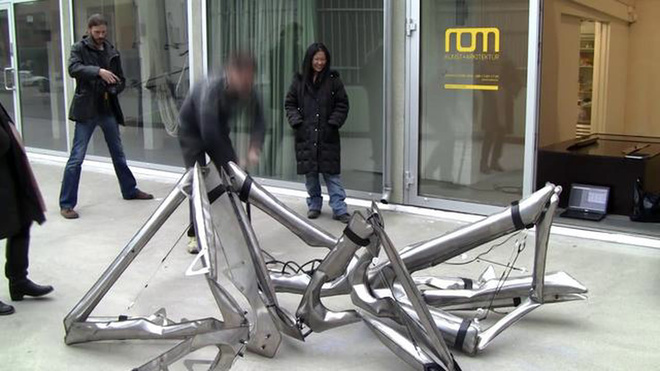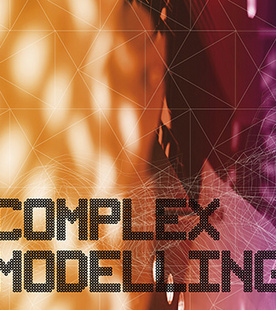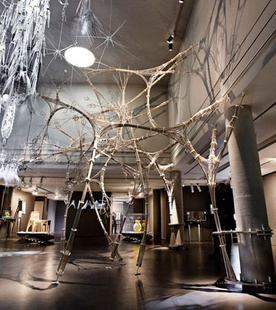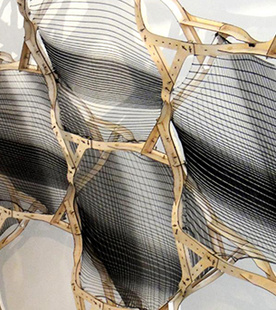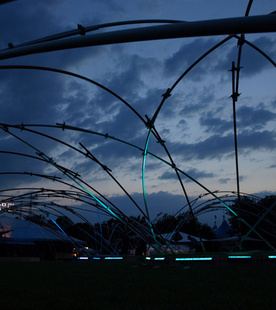Persistent Model #1
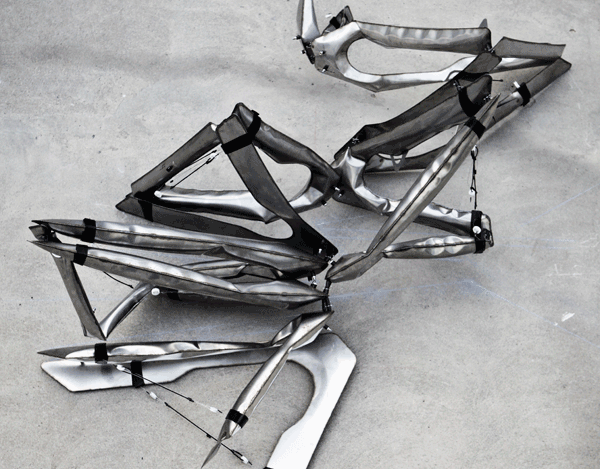
A research project by CITA.
This research project investigates a design strategy that couples representation and artefact in a circular relationship as a means of managing indeterminacy throughout the various phases of architectural activity, namely: design, fabrication/construction and occupancy/use. This proposition maintains the instrumental capacity of representation as a space of speculation and specification, whilst addressing issues pertaining to representations ideal, predictive and pre-determined attributes in relation to contexts of use that tend towards the endemically dynamic and contingent.
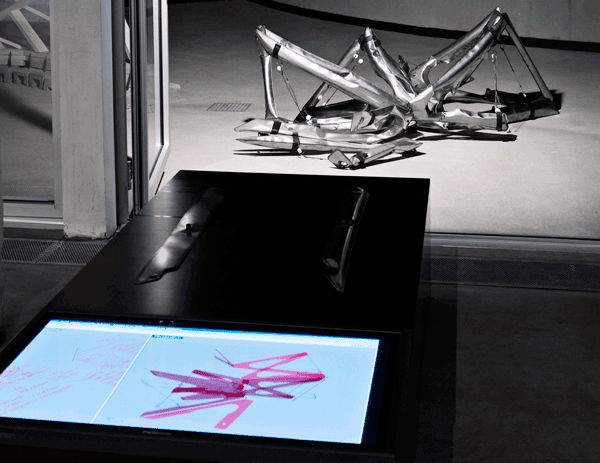
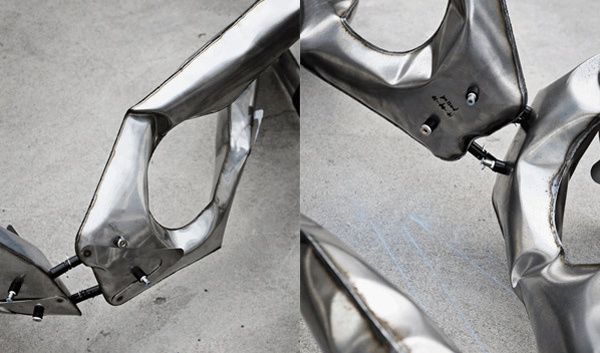
Persistent Model #1 considers the site of indeterminacy as the fabric of the construct itself. Free-form metal inflation provides a conceptually congruent material veil to these concerns. It is a procedure through which outcomes deviate from initialising representations with greater or lesser degrees of predictability – a result of a sensitive dependency established between material behaviour and the nature of the imposed geometry.
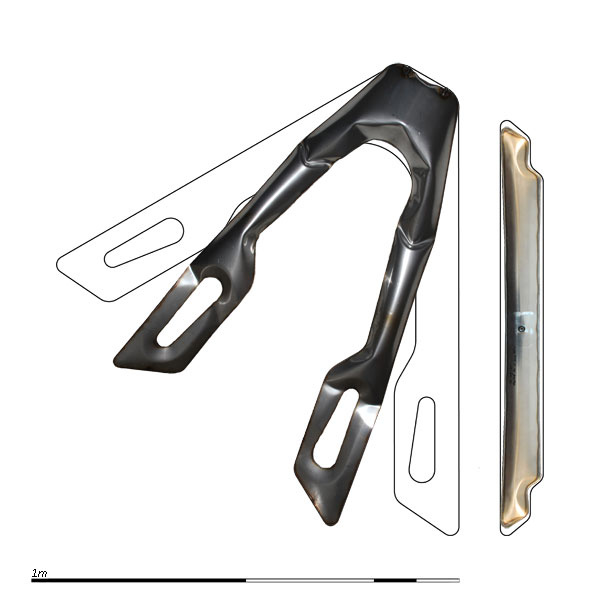
This deviation requires feedback mechanisms for the artefact to re-inform the representation. As components are inflated they dramatically transform in formal and performance charateristics - these transforms are an outcome of material behaviour steered through imposed geometry.
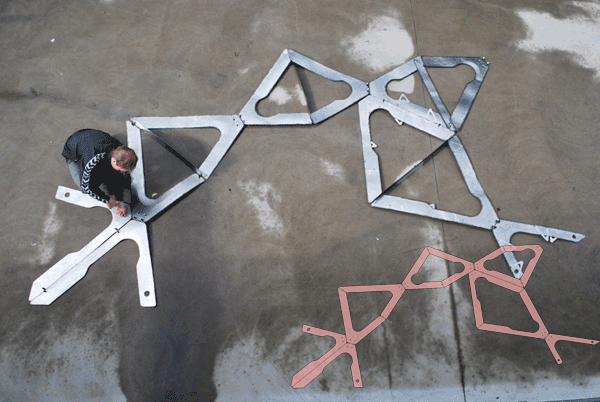
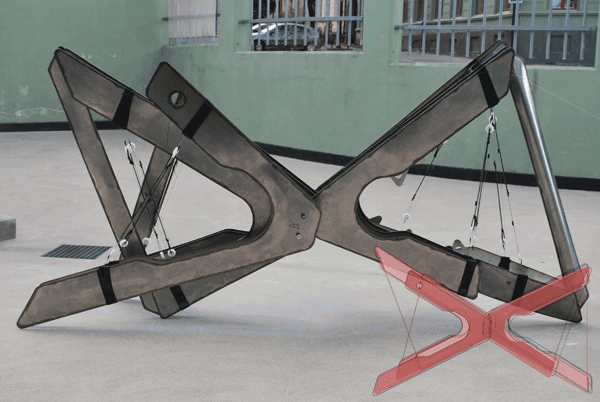
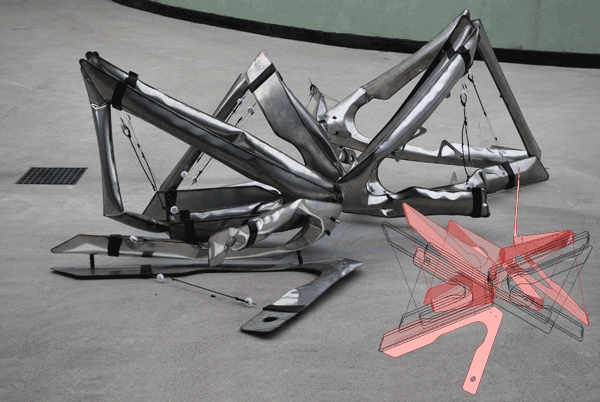
The simplicity of the forming process belies a complex matrix of interactions occuring within and between a variety of microstructures (atomic lattice & grains) and macrostructures (component & aggregate). Developing an understanding these material behaviours, and learning how to represent them and steer them through design, is of central concern to this aspect of the research project.
This aims to inform the essential design parameters for this method of fabrication and the performance characteristics of its resulting artefacts - as individual components and aggregates.
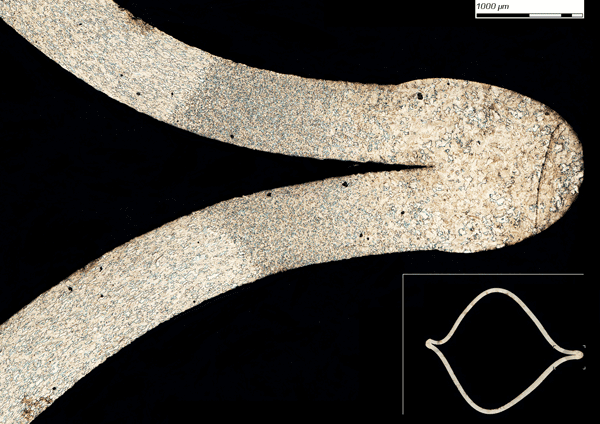
Venue
Persistent Model #1 was exhibited as part of the digital.material exhibition at the R.O.M. Gallery for Art and Architecture , Oslo in May 2010 and at the 1:1 Research by Design exhibtion at the Royal Danish Academy of Fine Arts School of Architecture , Copenhagen in March 2011.
Photography
Anders Ingvartsen
Microscopy image of inflation sample
Sarat Babu , UCL Bartlett School of Graduate Studies & Jonathan Warwick, Imperial College London


